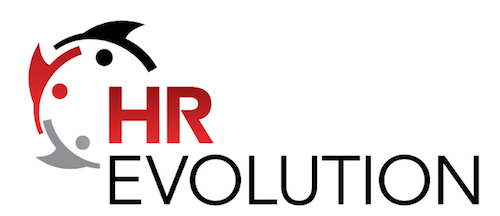I had a lot of focus on organizational development and base HR practices in graduate school, and as such, I write about it a lot. For a long time now, I’ve been thinking that HR is handled wrong in most mid-size to large organizations. A lot of people who enter Human Resources tend to be (this is a generalization and does not apply to every specific person in the field by any means) process-oriented generalists, or people who are very concerned with compliance. Yet, some of those same people become recruiters in the course of their work — which makes sense from a departmental context standpoint, but makes almost no sense from a logical standpoint. I’ve always thought there should be four distinct sections of HR in an organization: first, there should be a straight admin/compliance/personnel sector, which can have leaders but predominantly can be staffed by newer entrants to the field. This section would report to a COO, ultimately, as it involves the day-to-day operations of the company.
The second section would be about leadership and organizational issues; this is where you’d focus on engagement, quality of life, and people’s performance once they’re in the organization. This section should ultimately go up to the CEO.
The third section would be recruiting and talent strategy — I honestly believe recruiting should be made separate from engagement/organizational health, because the process of dealing with people attempting to enter and the process of dealing with those already working there is actually quite different. This section should ideally report to the CEO — a really good CEO should spend about 20 percent of his/her time thinking about and engaging in hiring, although probably only 4-5 CEOs in the entire world would ever do that — or, perhaps the CFO (as initial salary price points are a financial issue).
The final section would tie in this whole “big data” revolution — HR houses all the people/personnel data anyway, so why not have a few analysts in there chopping that up and presenting on it? The C-Suite looooooves big data, but they don’t know what to do with it. This section could report to the CIO.
In this way, HR isn’t HR anymore — now it’s four units that report up through standard, people-have-understood-these-for-years business lines. As such, you lose the whole issue of HR “not getting a seat at the table” in terms of legitimate business decisions. Hell, you don’t even call it HR. The first group is admin, the second group is Org Health, the third group is Talent Strategy, and the fourth group are Data Analysts. Could this work? Yes. It would take people some time to get comfortable with the definitions, but the same core functions would still be happening all over — and hell, more would.
Lest you think I’m some punk who knows nothing about anything (which probably isn’t that far off), Harvard Business Review has an article recently which basically says the same thing I just did:
Such people have inspired the solution I have in mind. It is radical, but it is grounded in practicality. My proposal is to eliminate the position of CHRO and split HR into two strands. One—we might call it HR-A (for administration)—would primarily manage compensation and benefits. It would report to the CFO, who would have to see compensation as a talent magnet, not just a major cost. The other, HR-LO (for leadership and organization), would focus on improving the people capabilities of the business and would report to the CEO.
There’s more on the idea here too.
In the above matrix, there’s one aspect potentially missing — HR has long been associated with performance evaluations, for better and (mostly) for worse. Many simply see performance evals as a way to start getting certain people out the door, and many others rush through ’em. So there’s a couple of things that could be done in that space — most logically, it would be a function of that organizational health group (No. 2 above). Or, HR — since the term “HR” won’t exist in this model — could simply back away slowly from the performance evaluations, and instead let the direct managers do that process. Would it be a total cluster mess? Of course. But it mostly is right now anyway — so couldn’t the ownership of the process change, potentially making managers a little more effective in the short-run?
“Training and evaluation” is missing from the above — again, could go with Organizational Health — as is “Onboarding.” The latter one is trickier; if you mean onboarding in the sense of getting forms and I-9s on Day 1, that can go with Admin (No. 1) above; if you mean it as an immersive 18-month experience where you really get to know the context of where you’re working, well, that would probably go with Org Health (No. 2).
Is this idea semi-radical? Yes. Could it be implemented in most places? No. But … would you argue that “Human Resources” as a word/concept is mostly viewed as a positive or a negative? Probably a negative, right? So maybe a re-conceptualizing wouldn’t be a bad thing.
